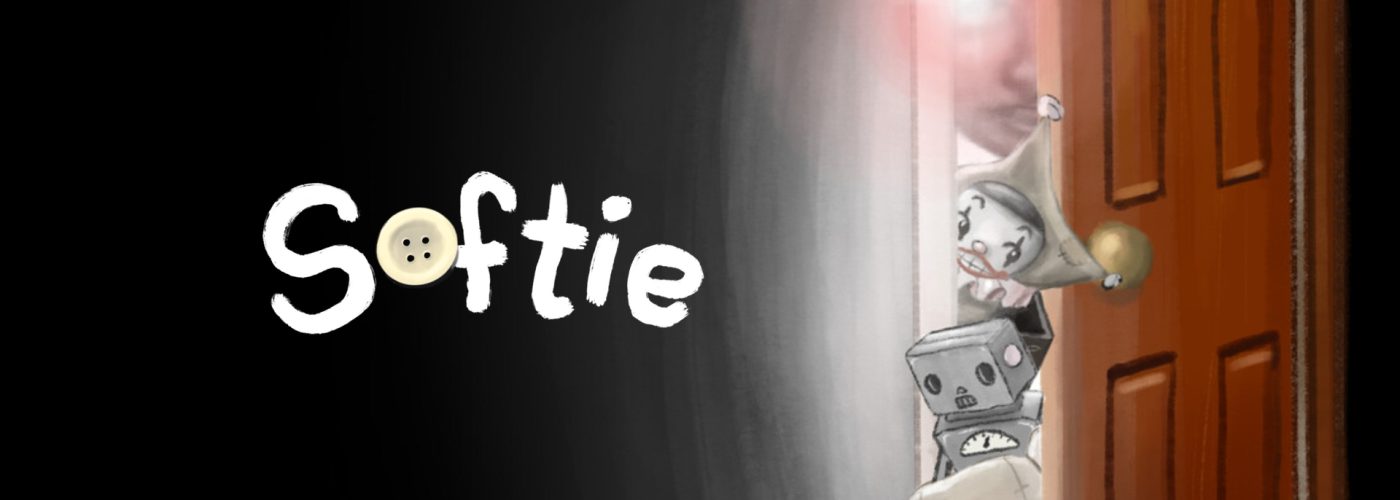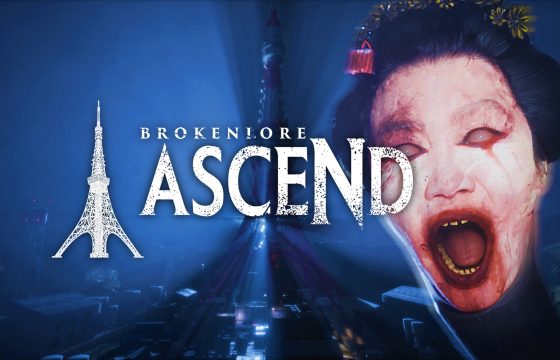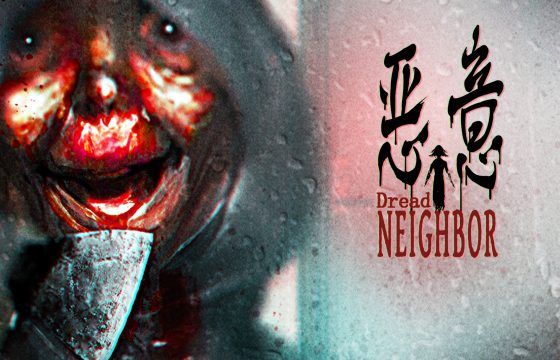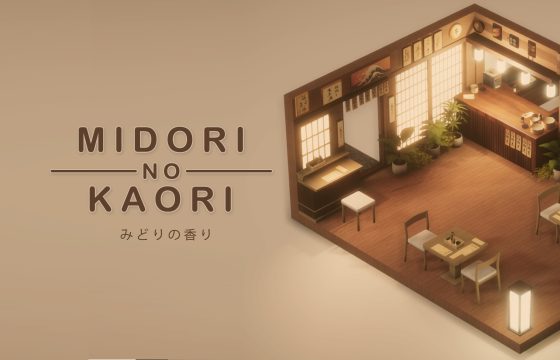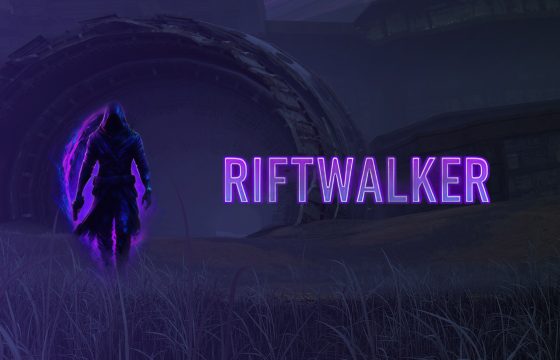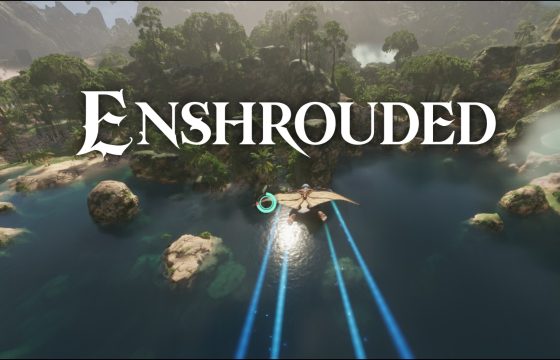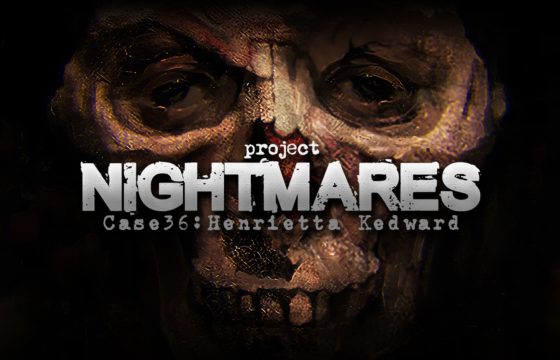Softie stands out for its unique atmosphere and its bold experimentation, blending disturbing elements with traditional gameplay, all while tackling the typical challenges faced by solo developers.
Softie, the new point-and-click adventure created by solo developer Kristina Springer, debuted on Steam on October 31, 2024 — Halloween, a date wisely chosen given the unsettling nature of its story and the often disturbing visuals of the game. Releasing on such a symbolically charged day enhances the eerie and mysterious ambiance the game has to offer.
Plot and Setting
At first glance, Softie appears to be a straightforward adventure set in a familiar environment — a house. However, as players progress, they quickly discover that the reality around them is far from ordinary. The story unfolds from the perspective of a teddy bear named Softie, who embarks on a journey within the house, starting from the attic and descending through mysterious rooms into a disturbing basement, all via a quirky, steampunk-style elevator.

The game immediately piques interest with its oddities: objects and environments that seem out of place or inexplicable but will gradually make sense as the plot unravels. I don’t want to give away any specific spoilers, as the plot twists that occur from the middle of the game onward are still a strong point of this video game.


Sound and Visual Atmosphere
The atmosphere of Softie is built on a constant contrast between the reassuring and the unsettling. The music plays a crucial role here, effectively creating a sense of anxiety and discomfort that pervades the entire game. The dissonant, obsessive tracks heighten the immersion and the disturbing nature of the experience, while the visuals — though stylized and graphic — convey the game’s dark themes effectively, even incorporating scenes that verge on gore.

Gameplay and Mechanics
In terms of gameplay, Softie adheres to classic point-and-click conventions with smooth, intuitive controls. The inventory system is simple: drag items from the inventory menu that appears when the cursor is moved to the top. Though the menu sometimes gets “stuck” on the scene beneath it, this minor flaw doesn’t significantly detract from the overall experience.
However, the game doesn’t limit itself to being a traditional point-and-click adventure. It introduces an action element that makes it stand out. There’s a surprising chase sequence where Softie must evade a floating mechanical head that explodes when it gets too close. This adds a fresh twist to the usual point-and-click formula but, despite being innovative, it can sometimes be difficult to manage with the mouse, particularly in fast-paced situations.


The Exception of Action in Point-and-Click Games
The inclusion of physical action is indeed a rarity for this genre, which typically focuses more on puzzles and exploration rather than direct action. However, it’s interesting to see how Softie experiments with this element, even if it’s not typical of point-and-click games. Although games with similar mechanics do exist, the introduction of high-tension moments and escapes represents a bold move for an indie title that might otherwise be confined to exploration and puzzle-solving.
Curious Oddities
Throughout the game, there are numerous “what the hell” moments that leave players wondering what’s going on, creating a blend of surprise and disorientation that defines a great gaming experience. One of the most memorable scenes involves Softie retrieving a rib from the dismembered body of a hamster, which, strangely, still seems alive. The scene is as surreal as it is disturbing, capturing the game’s aesthetic and tone perfectly.

The Indie Scene: Blessing and Curse
I’ve often spoken about the importance of supporting solo developers and the “heroic” nature of their work. They invest themselves personally into a project that is undeniably a reflection of their personal need to express creativity and share it with others, often at little to no cost. Softie strikes me as the product of such a personal endeavor — a desire to see one’s creativity take form and be shared beyond their intimate sphere.
However, there are issues that should be pointed out because, as I’ve noted for other titles like M City or A Thug’s Ascension, working alone is often not the best choice.
While compensating for the limitations in game development is commendable, it’s important to recognize that the increasingly discerning and demanding gaming audience requires works that are original, deep, and meaningful. Solo developers, often lacking the resources to hire professionals for tasks like music composition or voice acting, must rely heavily on their ideas and the strategic use of stylistic choices.

The indie scene — whether in video games, music, or film — must always offer something impactful, something that leaves its mark. Given that many solo developers lack the financial means to hire professional help, their focus must be on compelling ideas and distinct expression.
That’s why the indie scene, though often constrained by limited resources, is still full of interesting and successful examples.
Conclusion: A Game Worth Your Attention
Softie is a worthy little diversion, albeit with some clear game design flaws and technical limitations in the art direction.
In these cases, as I’ve said before, it’s important to focus on the writing and graphics. The latter need not be technically flawless, but it must be personal and, above all, strategic.
To sum up, Softie is a game that stands out for its unique atmosphere and its willingness to experiment while staying true to the roots of the point-and-click genre. Despite a few flaws, it’s an experience worth checking out, especially for fans of indie games with a strong personality. If you’re looking for something original and disturbing, Softie is a title you shouldn’t miss.

If you want to know more:
Kristina Springer official website
Softie
PRO
- Immersive and unsettling atmosphere
- Experimentation with action sequences
- Narrative filled with twists and surreal elements
- Unique and personal design
CON
- Technical limitations in graphics and interface
- Action mechanics difficult to manage with the mouse
- Emotional involvement may feel superficial or confused in some narrative choices

